
Cruising in a classic car during the summer is a joy like no other. The open road, the distinctive rumble of a vintage engine, and the admiring glances from passersby—it’s an experience that truly captures the essence of automotive passion. However, this idyllic picture often comes with a significant challenge: the relentless summer heat, which can be tough on both your cherished ride and your comfort. Unlike their modern counterparts, many classic cars weren’t designed to cope with the extreme temperatures and stop-and-go traffic we frequently encounter today.
Being a restoration company familiar with these unique challenges, we understand that protecting your investment and ensuring your enjoyment means addressing the heat head-on. Older engines, in particular, are more prone to overheating in high temperatures, and the sun’s harsh rays can cause significant damage to paintwork, interiors, and even tire health. The good news is that with the right proactive measures, expert tips, and a bit of dedicated maintenance, you can keep your classic cool, safe, and looking its best, no matter how high the mercury climbs.
This comprehensive guide will arm you with practical, solution-oriented advice, delving into the mechanics and science behind keeping your vintage beauty running smoothly. We’ll cover everything from crucial cooling system inspections and upgrades to smart driving habits and protective measures that safeguard your car from the top down. Let’s dive into the core of your classic’s defense against the heat, starting with the heart of its cooling system.

1. **Thorough Radiator and Coolant System Checks**The radiator and its accompanying coolant are the primary defense against your engine turning into a molten mess. These components work tirelessly to dissipate heat from the engine, a process that can be severely compromised if not regularly inspected and maintained. A crucial piece of advice to remember is to “Check your radiator and coolant levels before every drive”; this simple step can prevent minor issues from escalating into major breakdowns.
Beyond just levels, the condition of your radiator hoses is paramount. These hoses are the vital arteries that “carry coolant between the engine and radiator, helping regulate temperature.” Over time, the constant assault of heat and pressure can cause them to “crack, bulge, or weaken—leading to leaks and engine overheating.” A visual inspection for “cracks, brittleness, swelling, or discoloration” should be a regular part of your routine. Gently squeezing the hoses can reveal “soft spots or areas that feel unusually spongy,” which are clear indicators of internal degradation.
Don’t overlook the connections either; “Inspect hose connections for leaks or loose clamps.” Any sign of wear or damage means it’s time for a replacement. Opt for “high-quality, model-specific radiator hoses” to ensure a perfect fit and long-term reliability. A handy tip from experts suggests, “Check your hoses every 3 months, especially before hot summer drives,” to catch potential failures before they leave you stranded.
Finally, the coolant itself needs attention. It doesn’t just transfer heat; it also “prevents corrosion inside your engine and radiator.” Like any fluid, “Over time, coolant breaks down and becomes less effective, increasing the risk of overheating and damage.” This is why a “full coolant flush at the start of summer” is highly recommended. Draining the old coolant completely and cleaning the radiator can significantly boost cooling performance by removing “rust and deposits that block cooling passages.” Always use “fresh coolant specifically formulated for classic British cars” or your specific classic car type, as using the correct formulation “protects your engine’s materials and seals.” Regularly checking coolant levels and topping up as necessary is also crucial, as “Low coolant is a common cause of overheating.”
Read more about: Mastering Your Heavy-Duty Diesel: 15 Essential Fluid Checks for Peak Performance and Longevity
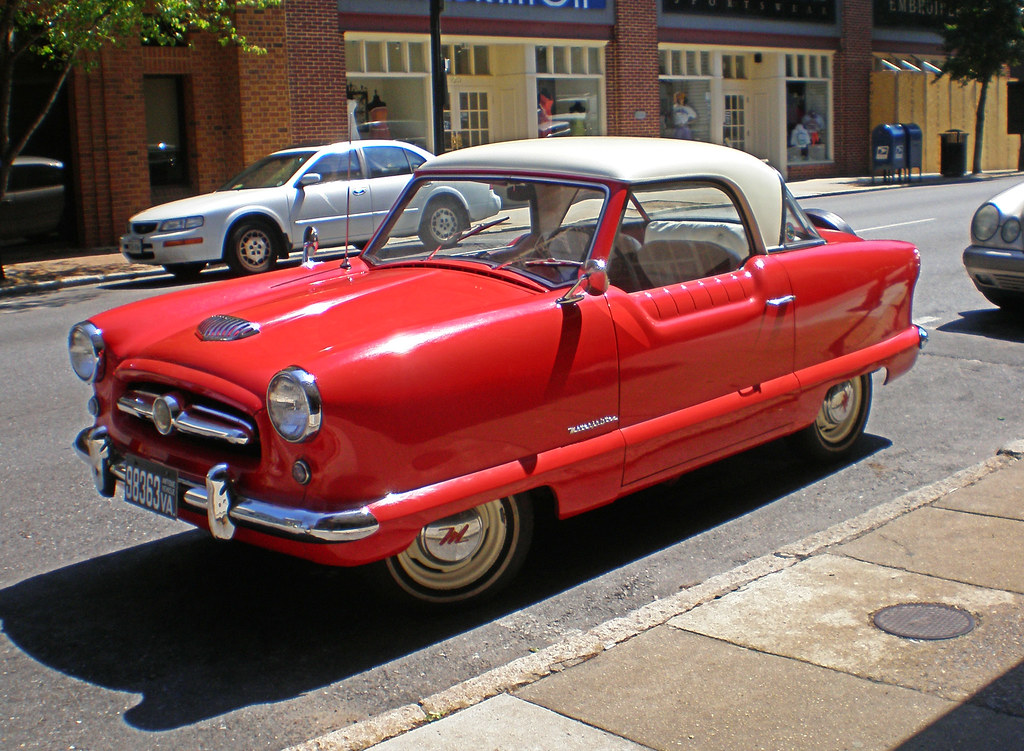
2. **Optimize Radiator Fan Performance**While driving at speed, airflow naturally cools the radiator. However, in scenarios like “stop-and-go traffic or during slow summer drives,” your radiator fan becomes the crucial component, actively pulling air through the radiator to cool your engine. Ensuring this fan is in peak condition is vital for preventing overheating when airflow is minimal. Its efficient operation means the difference between a smooth cruise and a rising temperature gauge.
Regular inspection of your radiator fan can catch issues before they cause trouble. Start by checking the physical fan blades: “Ensure fan blades spin freely by hand without resistance or wobbling.” Any stiffness or wobble will “reduce cooling efficiency,” indicating potential problems with the bearings or motor. Next, pay attention to any auditory cues. “Listen for grinding, rattling, or squeaking noises while running,” as these “often signal worn bearings or motor issues” that require immediate attention.
The electrical connections are just as important as the mechanical parts. “Inspect electrical wiring and connectors for corrosion or damage.” Clean and secure connections are essential to “prevent sudden fan failure” when you need it most. If your classic car is equipped with a fan clutch, it’s imperative to “Verify the fan clutch engages and disengages properly.” A “faulty clutch can cause overheating at low speeds” by not allowing the fan to fully engage when necessary.
For those looking to bolster their cooling capabilities, upgrading is a smart move. Consider options like a “high-performance cooling fan” or even “install an Auxiliary Electric Fan” for an extra punch. Doug Aitken from Prestige Motorsports offers a key insight: “If the fan won’t shut off, then that’s basically telling you it is just working its ever-living daylights out to keep it at that temperature.” This suggests your current system, particularly the fan, might be struggling and an upgrade could provide much-needed relief and efficiency.
Read more about: The Savvy Driver’s Guide: 11 Common Car Repairs Mechanics Recommend That You Likely Don’t Need
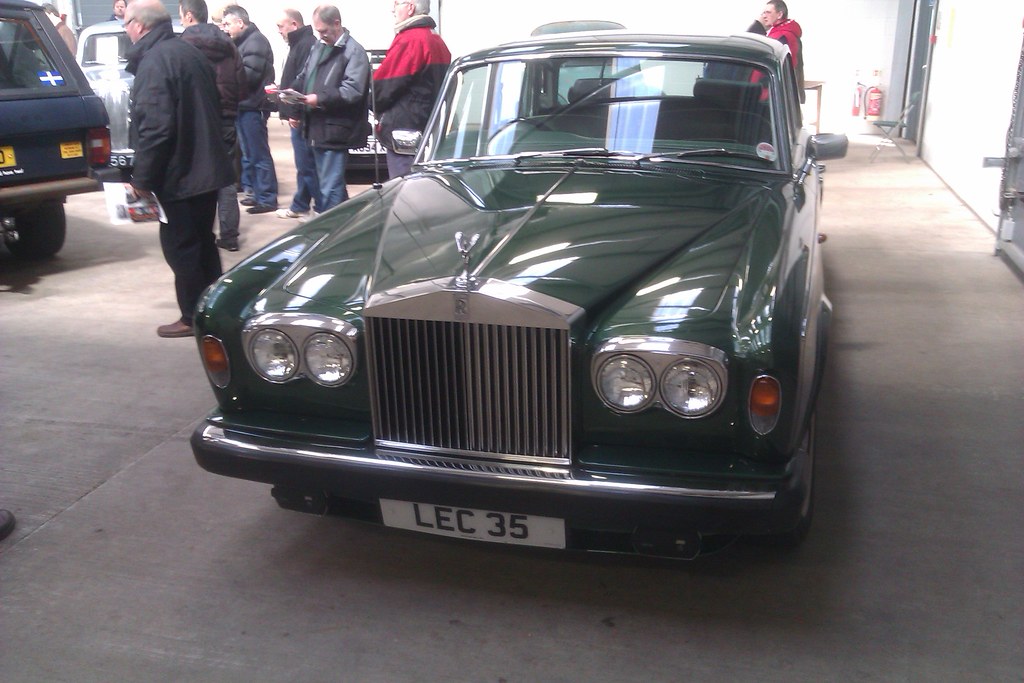
3. **Ensure Water Pump Integrity**The water pump is the workhorse of your classic car’s cooling system, relentlessly “circulating coolant through your engine and radiator.” Without a functioning water pump, coolant cannot move, leading to rapid temperature increases and potentially “severe overheating and costly engine damage.” Recognizing the early warning signs of a failing pump can save you from an inconvenient breakdown and expensive repairs.
One of the most apparent indicators of a water pump issue is visible leakage. “Look for coolant leaks or corrosion around the water pump.” Even small drips should be investigated, as “Early leak detection prevents major damage.” These leaks often indicate a compromised seal or gasket, allowing the vital fluid to escape and the system to lose pressure.
Another critical sign comes from the sounds your engine makes. “Listen for whining, grinding, or rattling sounds near the pump area.” These “unusual noises indicate worn bearings or impellers” within the pump. Such sounds typically worsen as the pump’s internal components degrade, signaling an impending failure that needs prompt attention.
Physical inspection can also reveal problems with the pump’s mechanical integrity. “Check for wobble or play in the pump pulley by gently moving it.” “Excessive play suggests worn shaft bearings,” which means the pump is no longer operating smoothly and efficiently. Should you observe any of these symptoms—leaks, unusual noises, or pulley wobble—it is crucial to “Replace worn bearings or seals promptly” or consider a full pump replacement. “Timely replacement avoids engine overheating” and protects the entire engine from extensive heat-related damage.
Read more about: Beyond the Basics: 12 Simple Steps to Achieve a Professional Car Engine Bay Detail
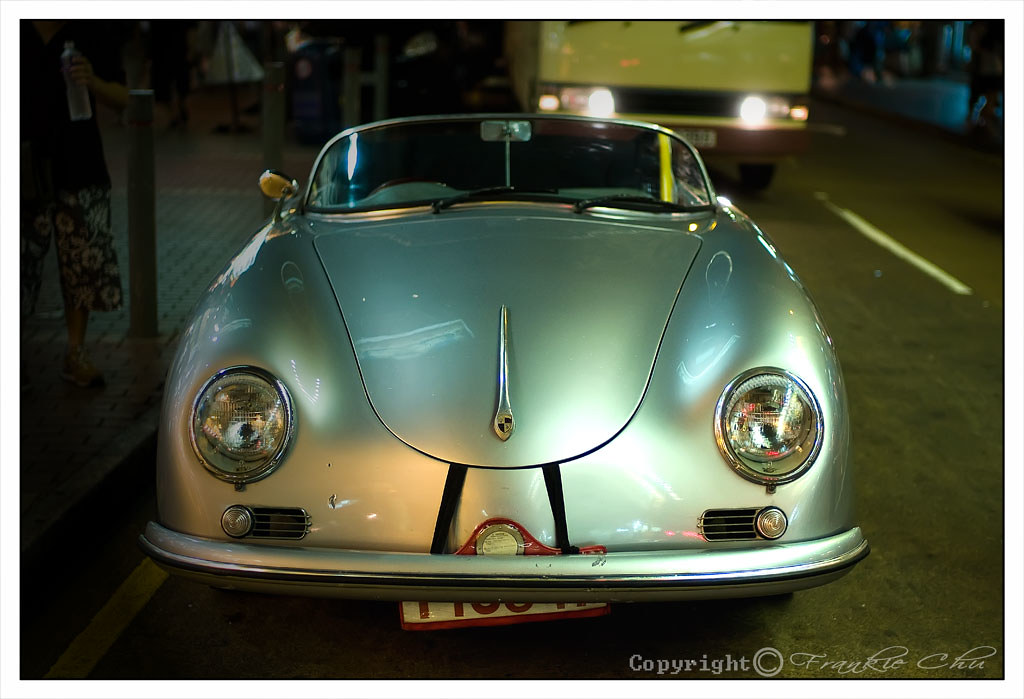
4. **Master Thermostat Function and Selection**The thermostat often gets a bad rap, with some enthusiasts believing its removal will improve cooling. However, for a street car, its role is undeniably crucial. The thermostat “regulates coolant flow based on engine temperature, helping your engine warm up quickly and stay within safe limits.” Without it, the coolant flows too quickly, preventing adequate heat dissipation in the radiator.
This is why for a street car, the answer to whether you need a thermostat is “an unequivocal ‘yes’.” As explained by experts, “the water will actually flow too quickly through the radiator without one.” This rapid flow means “Coolant that does not stay in the radiator long enough does not dissipate any heat, therefore will constantly and slowly heat up until it is just too much.” The thermostat’s measured control is what allows the coolant to spend enough time in the radiator to effectively cool down before returning to the engine.
To ensure your thermostat is functioning correctly, “Monitor engine temperature during warm-up to ensure it rises steadily.” Any “temperature fluctuations may mean thermostat issues,” indicating it might be sticking open or closed. If a thermostat “sticks open or closed,” it must be replaced to prevent either overheating or poor engine performance due to running too cold. Always “fit a thermostat matched to your engine specs” to ensure proper operating temperatures.
Consider upgrading to a high-flow thermostat, like those mentioned by Doug Aitken, who uses “a high-flow thermostat like a Stuart.” These units offer significant advantages because they have “a lot more surface area when it opens, and it has bypass holes in it.” These bypass holes serve a dual purpose: “Those bypass holes help with bleeding the cooling system” by allowing trapped air to escape more easily. Aitken adds, “I think not running a thermostat is usually you’re doing that to Band-Air some sort of issue,” underscoring its essential function in a properly designed cooling system.
Read more about: Unlock Your Savings: 13 Simple Lifehacks to Boost Your Car’s MPG and Cut Fuel Costs by 15%
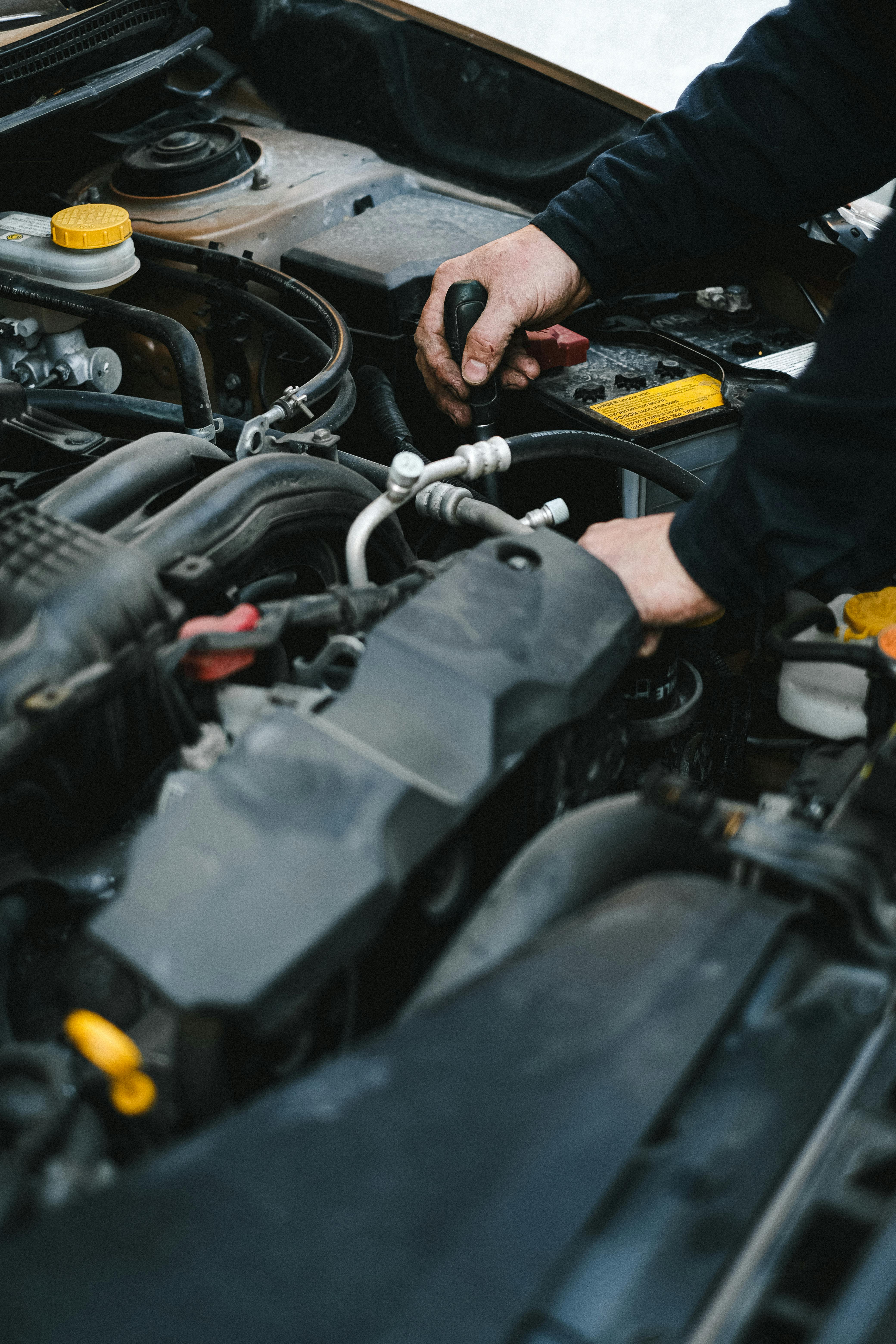
5. **Maintain a Pristine and Ventilated Engine Bay**A clean engine bay isn’t just for aesthetics; it plays a critical role in heat management. A “clean and ventilated engine bay helps dissipate heat efficiently, preventing hot spots that stress your engine and cooling parts.” Think of it as allowing your engine to breathe and release the intense heat it generates, especially during summer drives. Neglecting this simple maintenance can lead to a build-up of heat that your cooling system then has to work even harder to combat.
Routine cleaning should focus on areas where debris can accumulate and impede airflow. “Remove dirt, leaves, and debris from radiator grills and air intake vents regularly.” These blockages act like a blanket, reducing the crucial airflow your engine needs and consequently “increase engine temperature.” A clear path for air across the radiator and through the engine bay is essential for optimal cooling.
Beyond removing large debris, addressing dust and grime on engine components is also beneficial. “Clean dust and grime off engine components to improve heat dissipation.” A layer of dirt acts as an insulator, trapping heat rather than allowing it to radiate away from vital parts. A truly “clean engine bay cools more effectively,” contributing to the overall longevity and performance of your classic.
For those who frequently face challenging conditions, like “slow, hot traffic,” considering enhancements to engine bay ventilation can be a game-changer. “Consider adding extra cooling vents or fans” to bolster airflow. Additionally, “Inspect seals and weatherstripping to prevent water ingress and maintain airflow.” Good seals are not just about keeping water out; they “help direct cooling air properly” to where it’s most needed, ensuring maximum cooling efficiency and reducing the strain on your primary cooling components.
Read more about: Shield Your Ride: Simple, Effective Ways to Banish Rust from Your Truck’s Undercarriage This Winter and Beyond
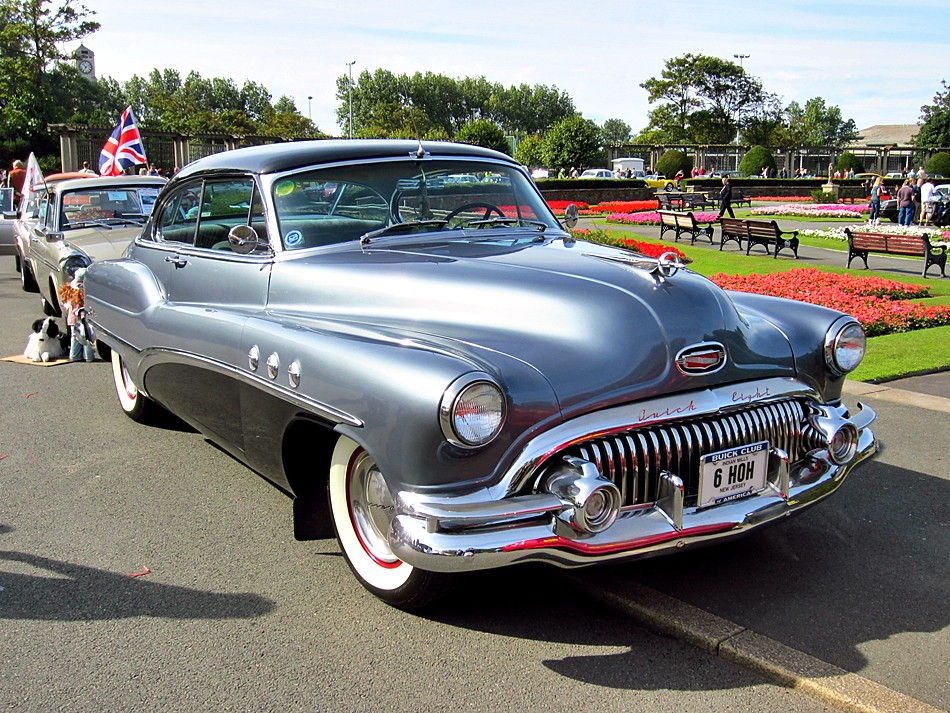
6. **Upgrade to an Efficient Cooling System**Many classic cars, particularly those with increased horsepower, find their original cooling systems woefully inadequate for today’s demands. “If you’ve doubled or tripled the stock number of ponies under your hood, chances are the stock cooling system won’t be up to snuff, especially if your radiator is 50 or 60 (or more) years old.” The truth is, “Horsepower builds heat in your engine,” and more horsepower inherently means more heat that needs to be effectively managed.
The factory cooling components, while perhaps sufficient for their original specifications, simply cannot keep pace with modern engine performance. “Even if the radiator is well maintained, the possibility of a failure is pretty high” when pushed beyond its design limits. Doug Aitken of Prestige Motorsports highlights this by stating, “I could always tell if your cooling system was good or the radiator was efficient if you have an electric fan. Obviously, it will kick on whatever predetermined temperature and most of them will never shut off.” If your fan is constantly running, “then that’s basically telling you it is just working its ever-living daylights out to keep it at that temperature,” signaling an overwhelmed system.
For many, upgrading to an aluminum radiator is a critical step. Aluminum radiators offer superior heat dissipation compared to older copper/brass units. Alongside this, integrating “a single 16-inch brushless fan or dual 11-inch small brushless fans” can provide powerful, consistent airflow. The key, as Aitken notes, is “getting a radiator that fits in the core support” and is appropriately sized. He emphasizes their reliability, stating, “I always do a brushless fan from Wizard and we’ve never had an issue.”
For highly modified or custom builds, a bespoke approach may be necessary. “Prestige Motorsports can go as far as building a custom cooling system for your car that will include everything from the radiator and proper-sized fan or fans, to the intercooler and heat exchanger if your car is super- or turbocharged.” This holistic approach ensures that all components, including “the radiator, water pump, thermostat, cooling fan(s), hoses, and coolant,” work together in harmony and are “sized appropriately” to handle the increased heat load, even for “600-800 horsepower street car[s].”
Read more about: The Definitive Guide: 10 Top-Rated Travel Trailers Under $20,000 for Savvy Campers
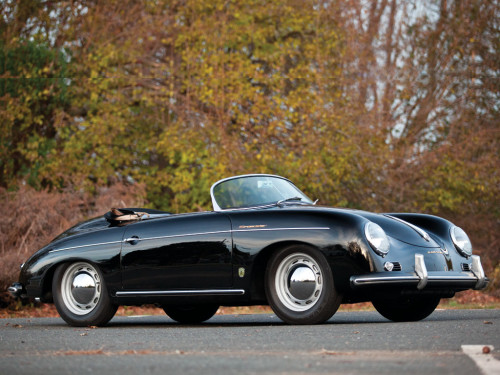
7. **Implement Proper Cooling System Bleeding (Burping)**One often overlooked but critically important step in maintaining a robust cooling system is the proper removal of air pockets, commonly referred to as “burping” the system. Air trapped within the cooling passages can create hot spots, impede coolant flow, and lead to inaccurate temperature readings, ultimately compromising the system’s efficiency and risking engine damage. This seemingly simple procedure is essential for optimal performance, especially after a coolant flush or component replacement.
Doug Aitken, president of Prestige Motorsports, is a strong advocate for proper system bleeding, highlighting a common mistake: “what most people were doing (and we did it, too) was you first fire the vehicle up, and the coolant would drop in level, so you kept topping it off, and as soon as that thermostat would open, it comes gushing out and makes a mess.” This messy expulsion of coolant is actually “the system trying to remove an air pocket,” indicating that the air needs a proper escape route.
To avoid this chaotic scenario and ensure thorough air removal, Aitken recommends specialized tools. “They start with a Snap-On vacuum fill kit for starters, then add coolant via a Lisle funnel kit.” The Lisle funnel is particularly valuable because “it’s really there to give you the highest point of fill, so if you’ve got a really weird combination or, say, the manifold is a bit higher than the radiator, well now you put the funnel on there and it becomes the highest fill point.” This elevated fill point allows air to rise and escape without coolant overflowing.
The importance of this practice cannot be overstated. Aitken recounts calls from customers experiencing “fluctuation in temperature or an overheating problem,” where the issue often traces back to improper filling. When asked about their method, they typically confess to the “start it and then as soon as the thermostat opened I put the cap on” approach. A properly burped system, combined with a functioning “proper radiator cap,” ensures system pressure is maintained and coolant circulates without hindrance. Additionally, incorporating a “coolant overflow tank” is crucial; “Not only is it environmentally friendly, but it will keep you from spewing coolant on the ground on hot days, thus ensuring your system keeps the right amount of coolant in it.” It also serves a practical purpose for track compliance and reflects well on your car’s maintenance.
Beyond the Engine Bay: Seven Crucial Strategies for Comprehensive Classic Car Protection and Comfort During Hot Weather
While keeping your engine’s core cooling system in peak condition is absolutely paramount, protecting your classic car from the summer’s relentless heat extends far beyond the radiator and water pump. The intense sun and high temperatures can impact everything from your car’s interior comfort to its paintwork and overall longevity. This next set of strategies delves into comprehensive classic car protection and owner comfort, ensuring your vintage beauty stays pristine and enjoyable, even when the mercury climbs.
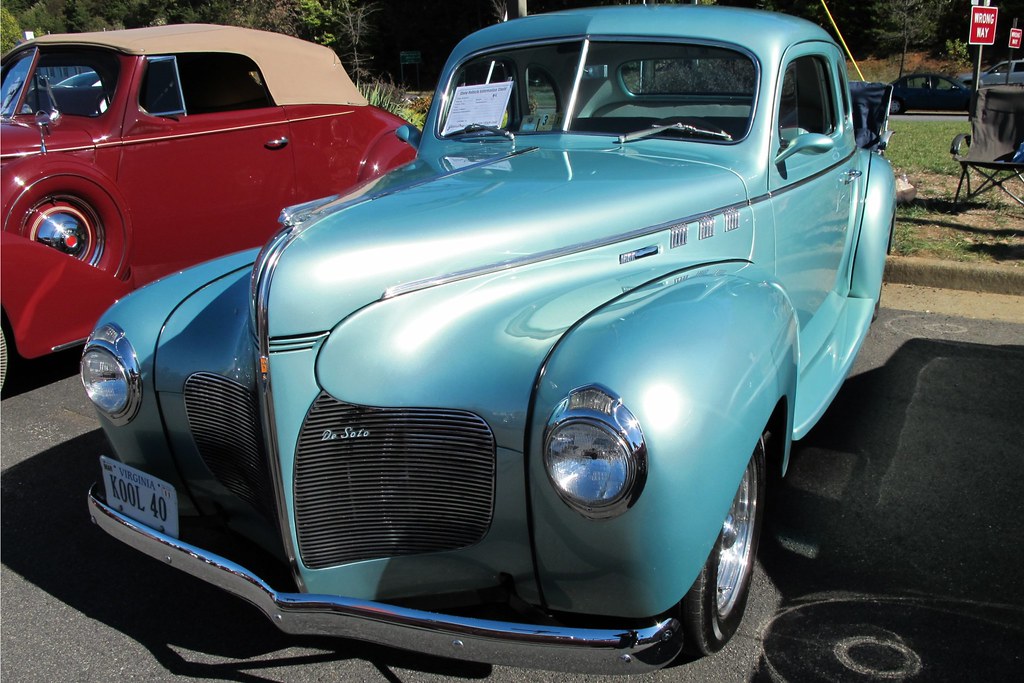
8. **Consider Waterless Coolant for Enhanced Thermal Protection**For classic car owners seeking an extra layer of defense against overheating, especially in extreme summer conditions, exploring waterless coolant is a savvy move. Unlike traditional coolants that are primarily water-based, these advanced formulations are designed to operate at significantly higher temperatures without boiling, preventing the formation of vapor pockets that can lead to catastrophic engine damage. This superior thermal stability provides a more consistent operating temperature, even under severe stress.
Waterless coolants offer several distinct advantages that make them particularly appealing for vintage vehicles. They eliminate the issues associated with water evaporation, which means less frequent topping up and a more stable cooling system pressure. Crucially, they also contain potent corrosion inhibitors that provide long-term protection for your engine’s delicate internal components, safeguarding against rust and cavitation which are common enemies in older metal cooling systems. This can extend the life of your radiator, water pump, and engine block.
Making the switch, however, requires careful consideration. A complete flush of the existing cooling system is essential to remove all traces of water-based coolant, as even small amounts can compromise the performance of a waterless formulation. While the initial investment might be higher, the benefits in terms of enhanced engine protection, reduced maintenance, and peace of mind during sweltering drives can easily outweigh the cost, making it a worthwhile upgrade for dedicated classic car enthusiasts.
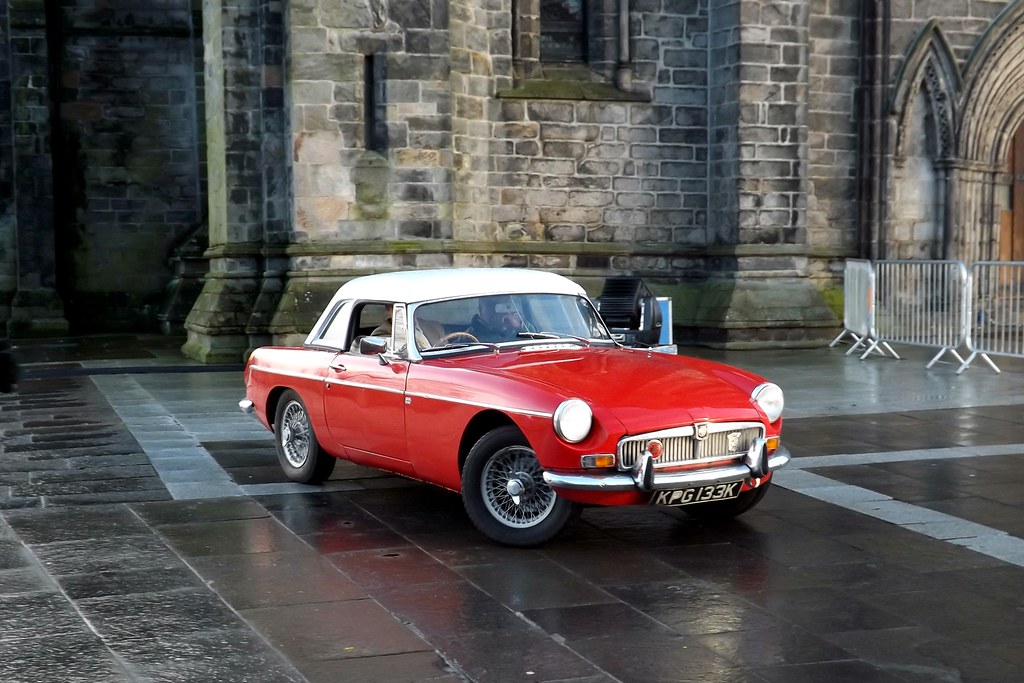
9. **Add or Upgrade to a Modern Air Conditioning System**While the raw, unadulterated driving experience of a classic car is often celebrated, modern conveniences like air conditioning can dramatically enhance summer enjoyment without sacrificing vintage charm. Many older vehicles were not originally equipped with A/C, or their factory systems are woefully inefficient by today’s standards. The good news is that contemporary aftermarket solutions allow you to integrate modern comfort seamlessly into your classic ride.
Modern A/C systems are a far cry from their bulky, power-robbing predecessors. Today’s kits are designed to be compact, efficient, and capable of delivering genuinely cold air, making those hot summer cruises infinitely more pleasant. Expert restoration companies specialize in installing these systems, ensuring they blend aesthetically with your car’s original interior while providing the performance you expect from a modern vehicle. This means you can “Stay cool without sacrificing style,” maintaining the vintage look while gaining significant comfort.
Beyond just comfort, a well-functioning A/C system can also contribute to a more focused and less fatigued driving experience, especially on long trips or in stop-and-go traffic. It helps to dehumidify the interior, preventing windows from fogging up and improving visibility. Investing in an A/C upgrade is a practical choice that elevates your classic car from an occasional fair-weather cruiser to a vehicle you can truly enjoy, no matter how intense the summer heat gets.
Read more about: The Gold Standard vs. The Graveyard: A Deep Dive into 10 Used Crossovers Dealers Love (and Loathe)
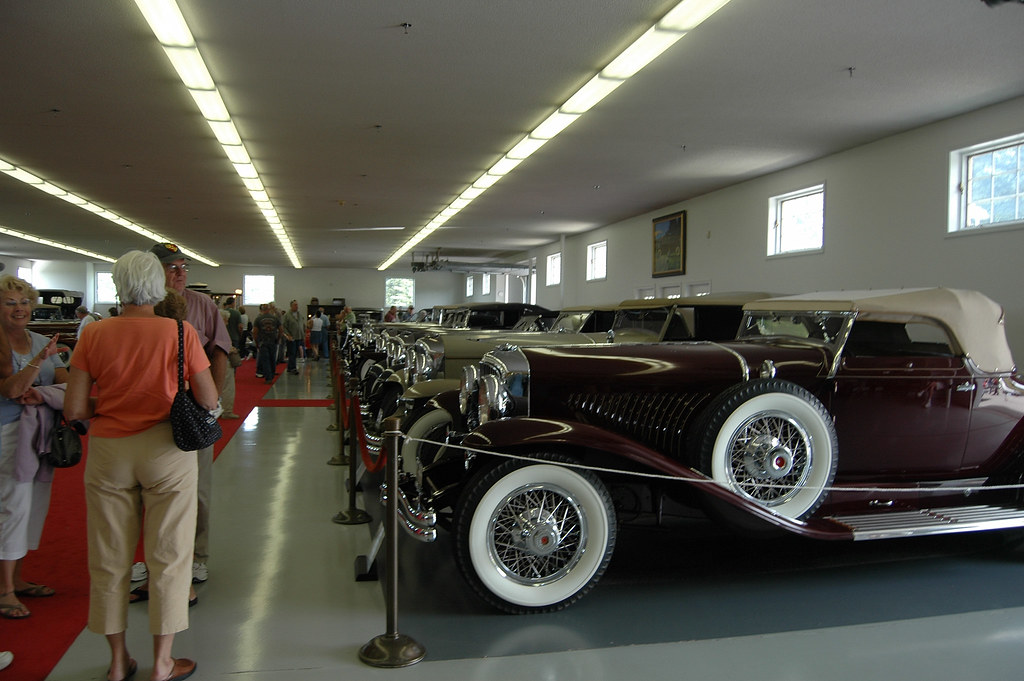
10. **Park Strategically and Utilize Car Covers**One of the simplest yet most effective ways to protect your classic car from the sun’s harsh rays and extreme heat is through smart parking and the judicious use of car covers. Direct sunlight is a relentless enemy, causing paint fade, interior cracking, and rapid temperature buildup within the cabin. Prioritizing shaded parking or, ideally, a garage, can dramatically mitigate these effects, preserving your car’s aesthetic and structural integrity.
When a garage isn’t an option, actively seeking out shaded spots—under trees, buildings, or even in indoor parking lots during peak sun hours—is crucial. “The key is to keep your car out of direct sunlight as much as possible,” directly combating the heat before it has a chance to penetrate. For extended outdoor parking, a high-quality car cover becomes an indispensable tool. It provides an “insulating factor that keeps the temperature inside your car more moderate,” acting as a physical barrier against UV radiation and thermal absorption.
Beyond temperature regulation, car covers offer multifaceted protection. They shield your prized possession from environmental hazards like sap, bird droppings, and dust, all of which can damage paintwork when combined with intense sun. Look for “breathable materials” and “UV-resistant” qualities to ensure maximum effectiveness, preventing “UV rays from deteriorating your car’s paint, plastic trim, soft vinyl, leather, fabric, and tires.” For classic car enthusiasts attending events, remembering that “Shade is Golden” is a vital mantra, as even a few hours of full sun can undo months of careful restoration work.
Read more about: The Definitive Guide: 10 Top-Rated Travel Trailers Under $20,000 for Savvy Campers
By diligently implementing these comprehensive strategies—from advanced coolant options and comfortable interior upgrades to meticulous exterior care and smart storage—you can confidently face the summer heat. Your classic car is more than just a vehicle; it’s a piece of history and a source of immense joy. Giving it the care it deserves means many more miles of smooth, cool cruising, ensuring that every summer drive remains an absolute pleasure. Remember, preparedness and proactive maintenance are the keys to preserving your vintage beauty and enjoying the open road, whatever the weather may bring.



